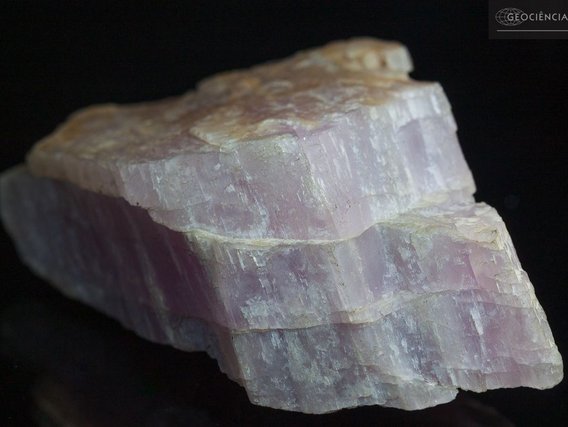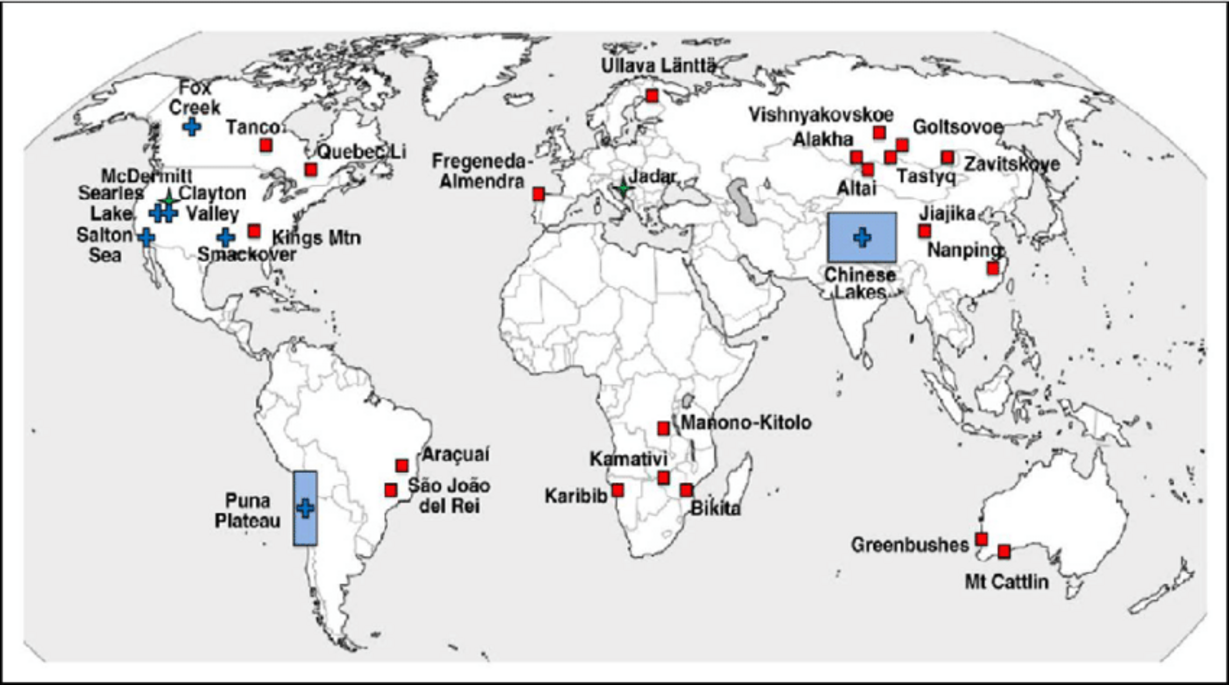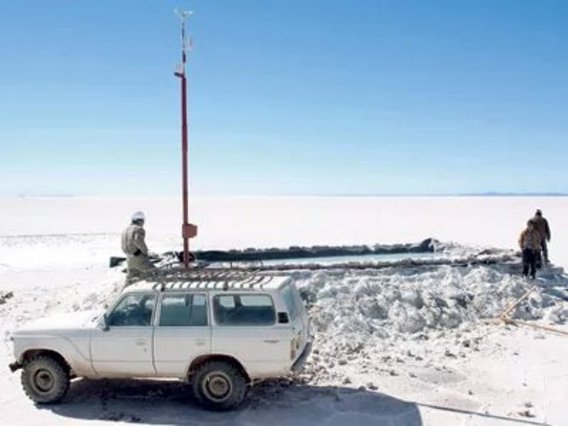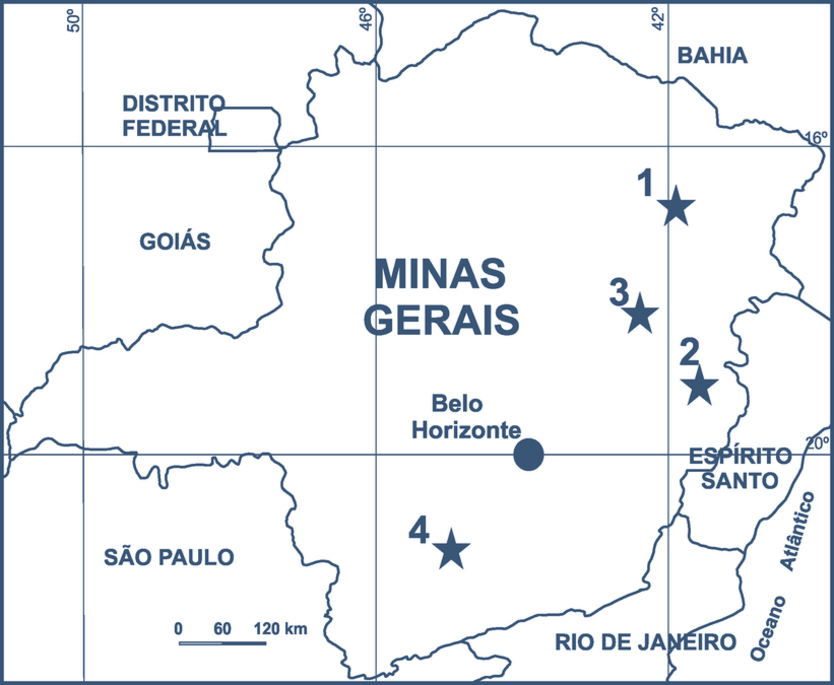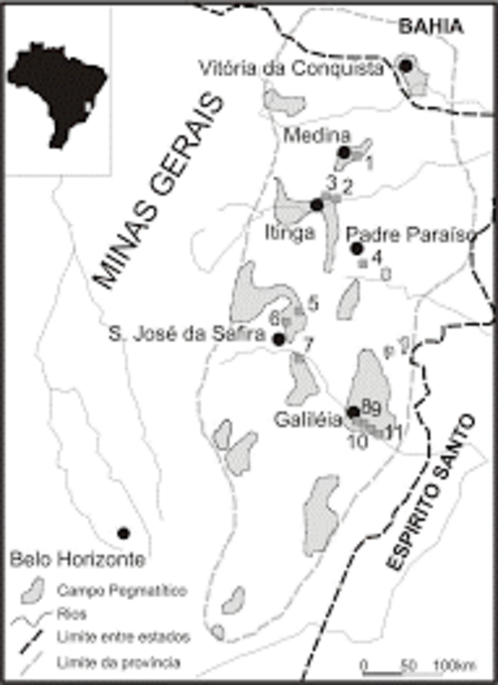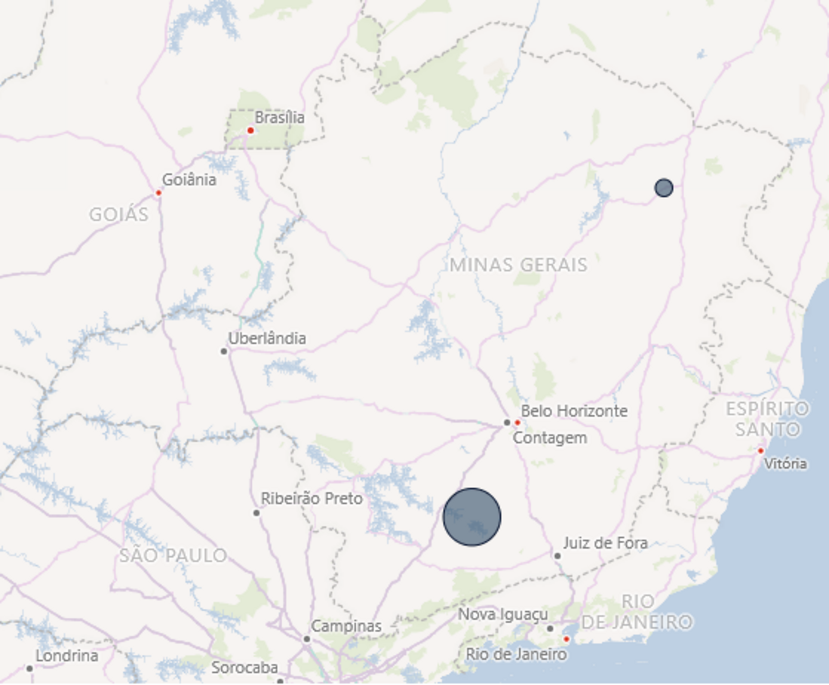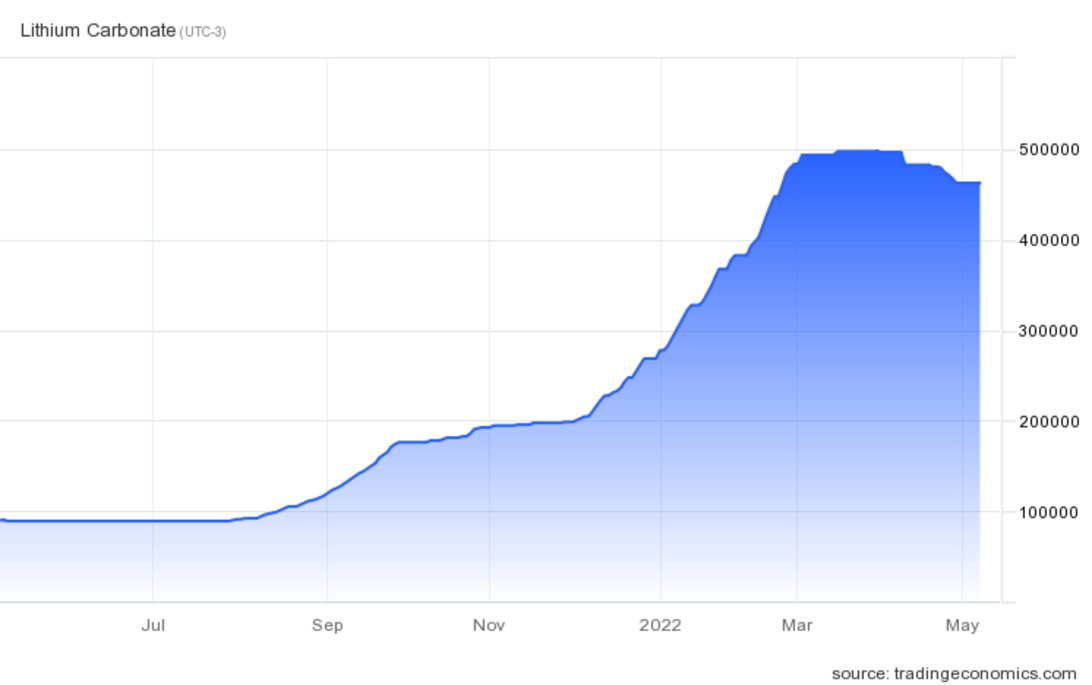In the eastern region of Minas Gerais, the East Project, developed by CPRM, identified 811 occurrences of pegmatites distributed over 21 pegmatite fields that were grouped into 7 Pegmatite Districts, namely the municipalities of Governador Valadares, Santa Maria do Suaçuí, Galiléia, Conselheiro Pena, Resplendor, Divino das Laranjeiras and Mendes Pimentel. In the area, the pegmatites contain the minerals amblygonite, lepidolite and spodumene, from which lithium can be extracted.
Another region rich in pegmatites is the São João del Rei Pegmatite District , which covers the municipalities of Nazareno, São Tiago, Resende Costa, Conceição da Barra de Minas, São João del Rei, Ritápolis and Coronel Xavier Chaves. A survey carried out by the CPRM in 2018 identified four regions with geological potential for lithium located in the municipalities of São Tiago and Nazareno.
In addition, in the state of Ceará there are pegmatite bodies in the Cristais-Russas Pegmatite District, covering the municipalities of Cascavel, Aracoiaba, Russas and Morada Nova, and in the Solonópole-Quixeramobim Pegmatite District (DPSQ), which includes the municipalities of Solonópole, Quixadá, Milhã and Banabuiú. Other incidents were identified in the districts of Parambu, Icó and Itapiúna. In this sense, the DPSQ has the highest concentration of pegmatites with economic potential. However, the region is still in the research phase.
In 2021, only two holders, AMG Brasil S.A. and Companhia Brasileira de Lítio (CBL), paid the CFEM - Financial Compensation for Mineral Exploration - relating to the economic use of lithium in their respective territories. The total amount collected was R $5.5 million. Both mining companies concentrate their operations in Minas Gerais in the areas circled on the map below. The smaller and larger circles correspond to the areas mined by CBL and AMG, respectively.
